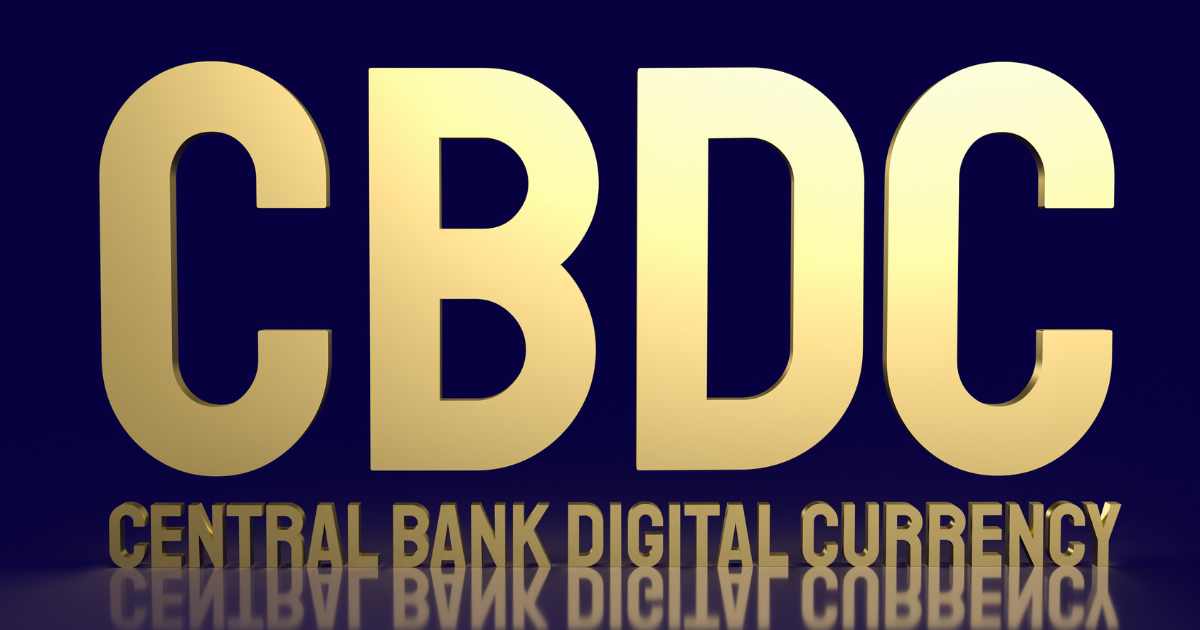The Reserve Bank of India (RBI) has announced plans to enhance the functionality of its Central Bank Digital Currency (CBDC) pilot, known as CBDC-R, by introducing programmability and offline capabilities. These additional functionalities are aimed at expanding the potential use cases of the CBDC and improving accessibility for users.
Currently, the CBDC-R pilot enables Person to Person (P2P) and Person to Merchant (P2M) transactions. However, the RBI is now proposing to introduce programmability and offline capability to CBDC retail payments. Programmability will allow for transactions to be conducted for specific or targeted purposes, while offline functionality will enable transactions in areas where internet connectivity is poor or limited.
During the Monetary Policy Committee review meeting held on February 8, 2024, the RBI governor highlighted the introduction of programmability as a means to support additional use cases for the CBDC-R pilot. This feature will empower government agencies to ensure secure payments for specific benefits, streamlining social welfare systems. It will also benefit corporates, as they will be able to program designated expenses like business travel for their employees, enhancing financial management.
Moreover, programmability will enable the implementation of restrictions such as validity periods or geographical limitations where CBDC transactions are permitted. This will provide an extra layer of security and control over the usage of the CBDC, aligning with regulatory requirements and minimizing the risk of fraudulent activities.
Also Read: RBI Monetary Policy Update: Key Highlights and Implications
The introduction of offline functionality is another significant development in the CBDC-R pilot. It will enable individuals and businesses in areas with limited or no internet connectivity to make transactions using the CBDC. This expansion of accessibility addresses the concerns of inclusivity, allowing a broader population to participate in the digital economy.
Overall, the RBI’s plans to introduce programmability and offline functionality in the CBDC-R pilot reflect its commitment to leverage technology and drive the digital transformation of the Indian economy. These advancements in the Central Bank Digital Currency aim to enhance convenience, accessibility, and efficiency in financial transactions. However, it is important to ensure robust cybersecurity measures and educate users on the benefits and precautions associated with CBDC transactions.
As the RBI moves forward with these enhancements, it sets the stage for further innovations in the fintech sector while positioning India as a leader in the adoption and implementation of Central Bank Digital Currency.
About Central Bank Digital Currency (CBDC)
- The RBI formed a committee in 2017 to study the feasibility and desirability of a CBDC in the Indian context.
- The committee, called the Inter-Ministerial Committee (IMC), recommended that the RBI should consider issuing a digital rupee as a Central Bank Digital Currency (CBDC).
- The IMC proposed that the digital rupee should be issued in a phased manner and should coexist with cash and other digital payment options.
- The RBI has expressed concerns over potential risks associated with CBDCs, such as money laundering, financing of terrorism, and consumer protection, and is actively assessing these risks.
- The RBI has also sought public input on CBDCs and has engaged in discussions with stakeholders, including banks, fintech companies, and industry experts.
- The timeline for the introduction of a CBDC in India is still uncertain, and further research, testing, and consultation are expected before any decision is made.
- The introduction of a Central Bank Digital Currency (CBDC) in India would have far-reaching implications for the financial system, digital payments, and monetary policy, and thus requires careful consideration and planning.
Source: https://www.rbi.org.in/Scripts/BS_PressReleaseDisplay.aspx?prid=57277
Last Updated on 8 months












